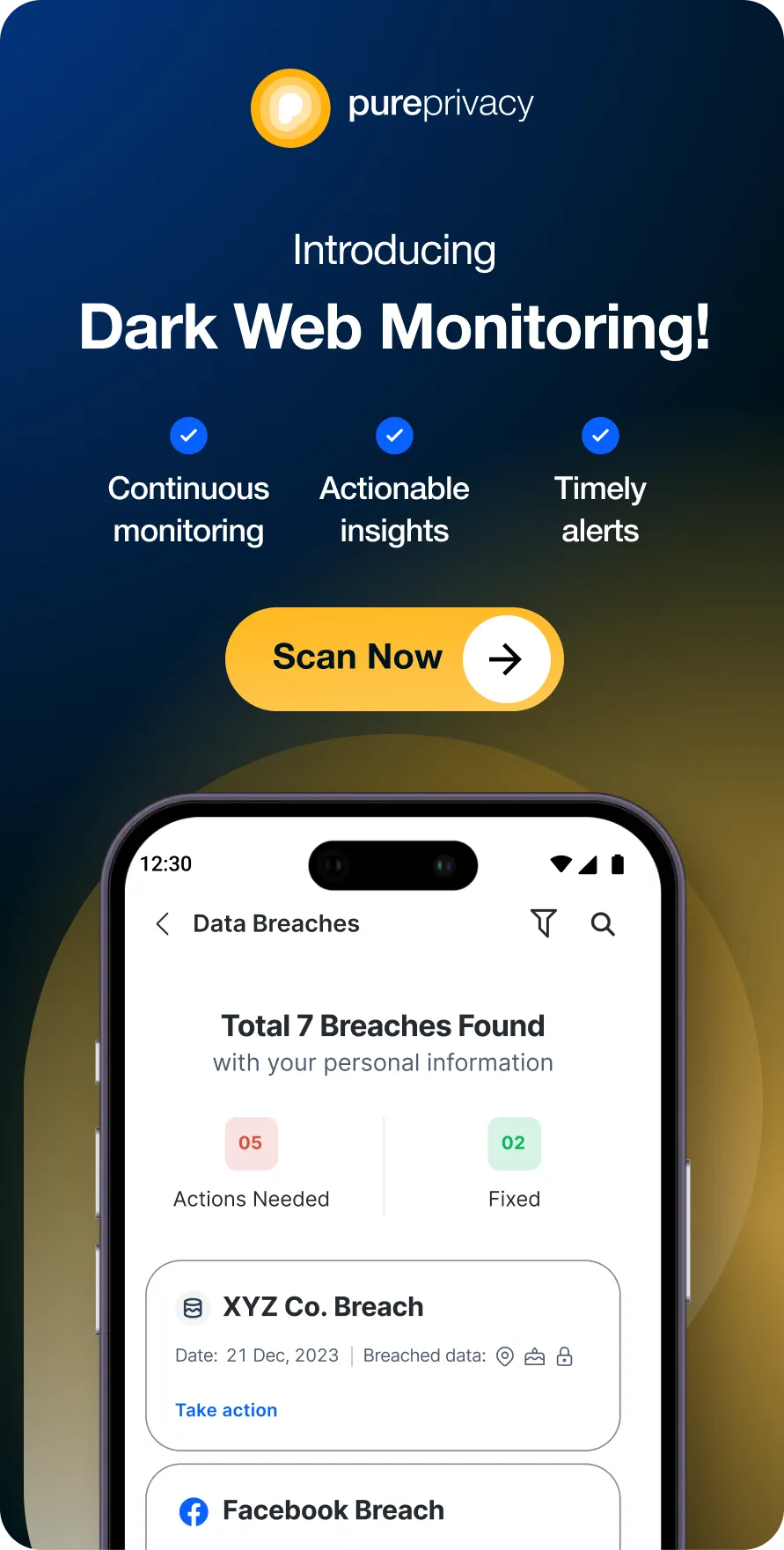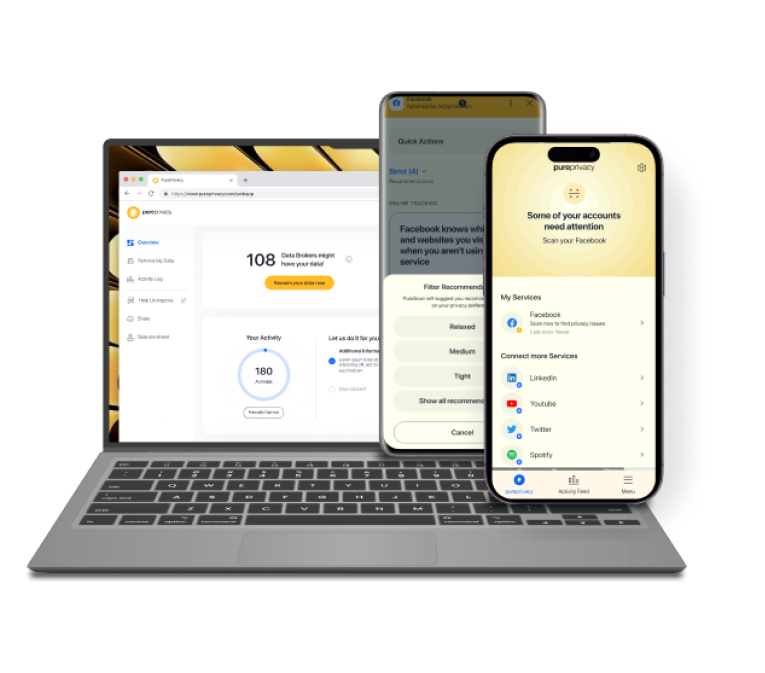Table of Content
Sharing photographs and stories with friends is easy on Instagram! But do you ever feel like the app follows your location too closely?
Instagram has default access to your location data, which it can use for targeted advertising and other purposes. But, if you want to keep your whereabouts private, you may disable Instagram's location monitoring.
This guide will guide you through the basic steps necessary to regain control of your Instagram privacy settings.
How Does Instagram Identify My Primary Location?
Instagram and Threads will display country-level location information on posts for specific accounts that are based outside of the region where the majority of their audience is from to promote accountability and transparency.
Your primary country or area is decided by your Instagram and Threads information and activity, including the location you specify on your accounts, devices, and connection information.
How Does Instagram Track My Location?
Instagram has a two-pronged strategy for tracking your location:
Direct Location Services
- This option is the most precise and uses your phone's built-in location services.
- If you enable Instagram access to this feature, it will use GPS, Wi-Fi, and cell tower data to determine your actual location.
Indirect Location Inferences
Even if you block direct access, Instagram can still gather location data indirectly. Here’s how:
Your Current IP Address
- Your device's IP address provides a general indication of its geographic location.
- It will not be precise, but it will pinpoint your city or region.
Location Tags
- When you or others tag locations in posts or stories, Instagram gains crucial information about where you have been or frequently.
Location Check-Ins and Event Information
- Connecting with places through check-ins or attending events that include location data improves the picture of your whereabouts.
Discover if Your Most Critical Identifiers Have Been Exposed on the Dark Web
Receive timely alerts and actionable insights with PurePrivacy's Dark Web Monitoring.
How to Stop Instagram from Tracking Your Location
Here are the steps you must follow to stop Instagram from tracking your location:
- First of all, go to the Settings application on your device.
- Once the app is opened scroll down to the bottom of the screen and tap on the Privacy and Security option.
- After that tap on the Location Services option.
- Then scroll down and find the option that says Instagram then tap on it.
- After that tap on the option that says Never.
That is it, these are the simple steps that can help you to stop Instagram from tracking your location.
Things to Keep in Mind Before Stopping Instagram from Tracking
Here are some essential things to consider before blocking Instagram from tracking your location:
Location-Specific Features
Disabling location tracking could limit functionality such as discovering nearby friends or applying location tags to stories.
Personalized Recommendations
You may notice fewer relevant local restaurants, activities, or companies in your feed.
Targeted Ads
Ads may become less relevant to your preferences and location.
Manual Location Tags
Even when location services are off, you can manually tag locations in posts and stories.
Using the Search Tool
Rather than depending on recommendations, you may need to use the search tool to find local businesses or events.
Increased Privacy
You will have more control over your location data, reducing Instagram's ability to follow your travels.
Less Personalized Experience
Anticipate the platform to be less personalized to your needs.
Location Permissions Control
Instead of completely shutting down the app, you can allow location access only while using it ("While Using the App"), rather than all the time.
Is Location Tracking on Instagram Safe?
The short answer is No. Location tracking on Instagram is not necessarily harmful, but it can expose you to specific risks.
With access to your location, someone may be able to determine your home location based on frequent posts, predict your movements, or even target you for stalking or theft if your profile is public. This is especially dangerous if you post images of your house or daily activities.
PurePrivacy includes options that allow you to manage your privacy indirectly. Their software can examine your social network settings (including Instagram) and offer ways to improve your privacy.
This could include recommending that you set location access to "While Using the App" or encouraging you to remove location tags from postings. Further, PurePrivacy's tracker blocker can help keep Instagram and other applications from providing your location information to third-party trackers.
Prevent Unwanted Data Collection and Online Trackers
PurePrivacy is an all-in-one privacy app that allows users to control their online security and data exposure across multiple platforms. It serves as a one-stop shop to enhance your social media privacy and remove information from 200+ data brokers.
Blocks Communication with Invisible Trackers
Get rid of online trackers that are stealing your information and selling it to the highest bidders.
Reduces Location Data Collection
Stop online platforms from creating a user profile using publicly available information and online activities.
Restricts Location Sharing with Third Parties
Prevent anyone from gathering your location data and potentially connecting it with your Instagram activity.
Frequently Asked Questions (FAQs)
-
How do I disable Instagram's tracking location?

On iPhone and iPad, navigate to Settings > Privacy > Location Services to disable precise location for Instagram and other applications. On Android, turn off the exact location in Settings > Location > App location permissions.
-
How do I remove my location on Instagram?

Tap anywhere above your photo or video.
Tap Edit > location name.
You can either: change the location.
Tap Find a Location > Enter your new location > Remove the location > Tap Next to Select a Location.
Save your changes. -
Does Instagram track your location?

If you use Instagram, you may be shocked to learn that it can track GPS-enabled devices, such as smartphones or computers, and display their exact location in real time.
-
Does Instagram erase location information?

Instagram also deletes much EXIF data, including GPS coordinates, when you upload a photo. However, it may retain certain technical information, such as the camera model. Twitter preserves very little EXIF data, focusing instead on technical facts like camera models. GPS data is often removed.
Wrapping Up
Finally, while removing location tracking may have an impact on Instagram's conveniences and customization, the privacy benefits exceed the drawbacks.
By following the procedures outlined above and considering adopting a privacy solution such as PurePrivacy, you can regain control of your location data and limit the amount to which Instagram records your movements.
Remember, prioritizing your privacy is an ongoing process, and the actions provided here will help you make informed decisions about your online security.







